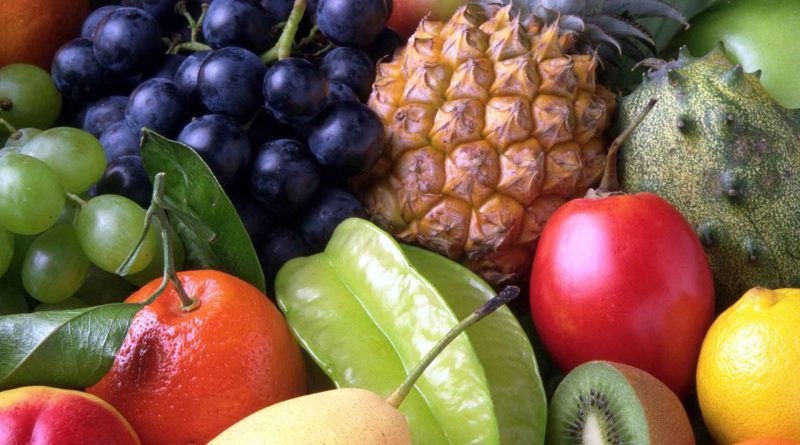Life beyond Green Tea – “ Part II Health benefits from roots, flowers, berries and more!
Many people are often under the impression that “tea” comes from the brewing of tea leaves. Generally, the name or classification given to beverages which acquire their healing properties from the ingredients seeped or brewed can be thought of as teas. If leaves aren’t your “cup of tea”, try these ingredients to create a gentle yet potent healing drink.
chrysanthemum flowers are highly regarded as a detoxification herb in Chinese medicine
Ginseng
It has been used for thousands of years to improve overall health and well being and enlightening the mind while increasing wisdom and vitality. Ginseng is one of the most effective anti-aging supplements, known to prevent degeneration of the blood system and increasing both mental and physical capacity. Commonly taken as a tonic to strengthen the entire body, ginseng is believed to cure a range of conditions ranging from lethargy, arthritis, impotence, chronic fatigue and senility to name a few. Modern research has labeled Ginseng as an ‘adaptogen’, a substance which assist the body to naturally restore itself back to optimal health and work without side effects even if the recommended dosage is widely exceeded. The characteristics of Ginseng make it widely used to lower cholesterol, increase energy and endurance, reduce fatigue of stress and prevent infections.
Eucommia Bark
The bark of the Eucommia ulmoides has an extensive list of properties and uses such as in analgesics, aphrodisiacs, anti-arthritic, diuretic, sedative, anti-impotence, lumbago, anti-rheumatism, back strain and anti-hypertensive. This superb herb is used to support the lower back while strengthening the ligaments, joints, tendons and vertebrates. Eucommia bark is not recommended for diabetics since it contains a compound known as chlorogenic acid. This compound is long known as an antioxidant slows the release of glucose into the bloodstream after meals.
White Chrysanthemum
With its sweet, light and refreshing flavour, chrysanthemum flowers are highly regarded as a detoxification herb in Chinese medicine. It helps to clear heat and toxic materials which have accumulated within the body. This tea is a must for office workers in closed environments, as well as seasonal allergy sufferers. Regular consumption aids in the removal of toxins trapped in the lungs as well as breakdown of mucous formation. Chrysanthemum flowers also make a great rinse for red, swollen and irritated eyes.
Lycii Berries
Also referred to as golgi or wolf berries, don’t let the size of these little red berries fool you. Not only are these berries abundant in antioxidant properties, they are commonly used for their eye protection properties. According to the properties of Traditional Chinese Medicine, the functioning ability of your kidneys and liver directly correlates to the functioning ability of your eyes. Since Lycii berries have the ability to strengthen kidney function and cleanse the liver, regular consumption greatly benefits the eyes.
Hawthorn Berries
A tiny red berry found on the Hawthorn shrub, this berry has been used since ancient times as an herbal remedy. Loaded with bioflavonoids, potent antioxidants found in many fruits, these berries are widely used as a heart tonic. Hawthorn berry helps to protect arterial walls of the heart from plaque build up. They can be used to regulate blood pressure and break down cholesterol and fat that is attributed to heart disease. By combining Hawthorn with the Lycii berries above, you can even help to eliminate cellulite!
Remember that it is not necessary to stick to one tea variety, mix and match these tea ingredients as you please. The best way to truly reap the benefits of teas and their constituents is to talk to a trained individual who can tailor the varieties of teas to suit your needs. Many people require special medical attention and teas which may suit their needs will not necessarily suit everyone. Therefore, it is in your best interest to speak with a knowledgeable professional who may advise you accordingly.
Dr. Mable Cheung is a third generation Chinese Medical Doctor as well as a licensed and practicing Cosmetic, Cellulite & Medical Acupuncturist in Windsor, Ontario, Canada. Visit www.cheungstrading.com for more information. You may also contact her at 519-252-9228 or via email at mcheung@cheungstrading.com.


how do you make tea?